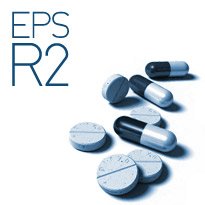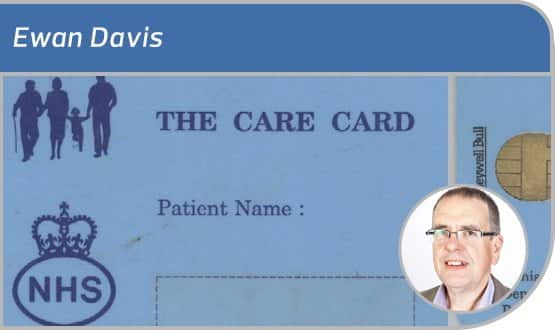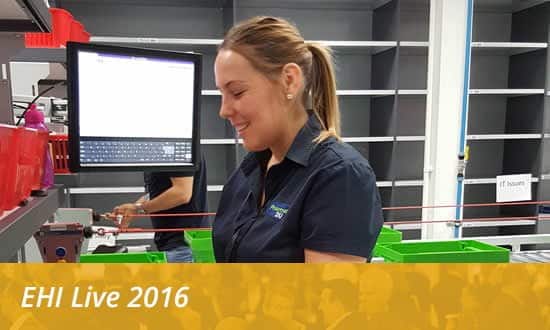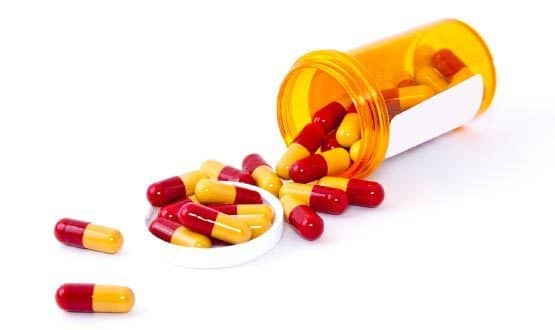EPS R2 benefits NHS but not GPs – report
- 23 July 2012

The Department of Health has restarted the process for primary care trusts to be able to deploy the Electronic Prescription Service Release 2.
However, a new report evaluating the impact of EPS R2 says there are few strong incentives for general practices to adopt it, so it is unlikely to have a swift and smooth national uptake.
PCTs need to have ministerial authorisation before prescribers can use EPS R2, but the authorisation process was suspended last March because of slow progress from system suppliers.
The process has now restarted, with the first tranche of requests due at the DH by 1 August and the second by 21 September this year.
Secretary of state directions should be in place by December 2012 and February 2013 respectively.
NHS Connecting for Health commissioned an evaluation of EPS R2 in 2007 and an interim report was released this month. The project is due to be finished at the end of 2012.
It concludes that the main beneficiaries of EPS R2 are likely to be “[the] NHS and DH as a whole, rather than local practitioners, or patients."
It says the EPS R2 software has enjoyed reasonably widespread adoption among pharmacies, but this is not the case in general practice.
“Given that EPS R2 implementation on a regional and national scale is being undertaken at a time of major restructuring of primary care, and given that, at present, there seem few strong incentives for general practices to adopt EPS R2, we are hesitant in predicting swift and smooth achievement of uptake on a national scale,” the authors say.
“Given the challenge of implementing EPS R2 in primary care at present, there may be a need for central intervention to sustain the momentum of this roll-out.”
EPS R2 allows the transmission of digitally-signed prescriptions instantly from GPs via the Spine to pharmacists.
The evaluation looks at safety, the patient’s perspective, the effects in the workplace and the future of the system, focusing on the experience of early adopters.
It says some patients like the service as it appears to be quicker than the previous system.
However, patients who have their repeat prescriptions collected for them it makes little difference.
Some patients were also annoyed when prescriptions were not ready when they arrived at the pharmacy.
“Sometimes this reflected early problems with the software and network and the way it was being used.
"However, even when everything is working perfectly it is quite feasible that someone who receives an acute prescription and goes straight to the pharmacy will find it has not been received electronically by the time they arrive,” the report says.
Data from a small number of practices showed a reduction in administrative time needed to spend on repeat prescriptions, and the electronic prescription was “maybe slightly faster” for doctors to sign.
“There is, however, additional work to be done at the start of using the system, including training, and encouraging patients to nominate the pharmacy at which they will receive the medicine,” it explains.
“Pharmacists were often frustrated in the very early days as software and other operational problems were being addressed.
“However once the systems had become more stable they generally liked them and several felt that they helped smooth the workload through the day.”
The report says that where false beliefs about benefits exist, people have inappropriate expectations of EPS R2 and are likely to experience problems with implementation.
“We also note that the assumption that “the market” will drive up quality and usability has little foundation in the cases of general practice and pharmacy computer software systems,” it concludes.




